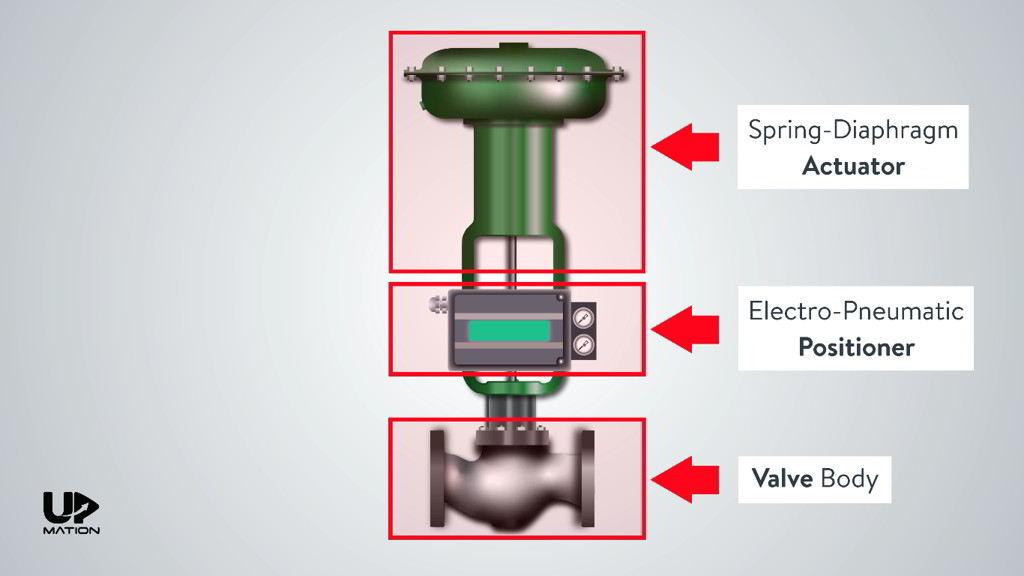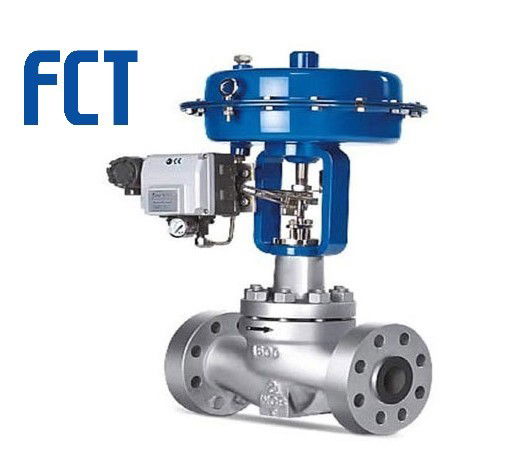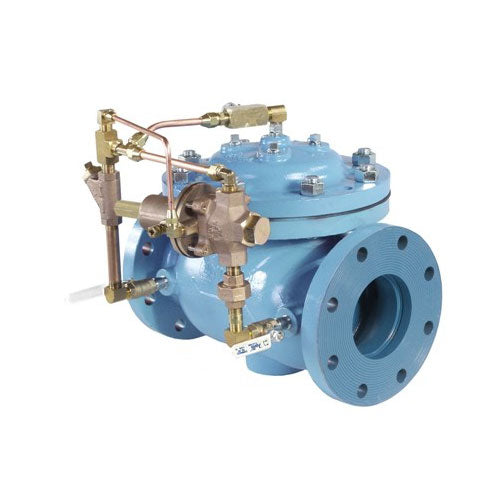Discovering the Functionality of Modern Control Valves in Industrial Applications
Discovering the Functionality of Modern Control Valves in Industrial Applications
Blog Article

Maximize Power Financial Savings and Comfort With Advanced Structure Automation Controls
In the realm of modern-day architecture and center management, the assimilation of innovative structure automation regulates stands as a crucial advancement. The convergence of modern technology and sustainability has birthed a brand-new era where power performance, comfort optimization, and operational streamlining are no more remote goals however obtainable truths. By utilizing the power of automation, structures can adjust, respond, and develop in manner ins which were as soon as inconceivable. The potential for substantial energy financial savings and boosted comfort is not simply a promise however a possibility waiting to be satisfied. This standard change in building management holds the key to unlocking a globe where ecological conscientiousness and passenger wellness sympathetically exist together within the walls of our frameworks.
Energy Performance Benefits
Energy efficiency benefits can dramatically decrease power consumption and operational prices in structures. By executing energy-efficient techniques and technologies, structure proprietors and drivers can achieve considerable financial savings while likewise contributing to environmental sustainability. Among the key advantages of boosting energy efficiency in structures is the reduction of energy costs. Energy-efficient systems, such as innovative building automation controls, can optimize using sources like illumination, cooling, and home heating, leading to lower power expenditures in time.
Additionally, boosted energy performance can extend the life-span of structure devices and systems. By running more effectively, heating and cooling systems, lighting fixture, and various other building elements experience much less damage, resulting in lowered maintenance and replacement expenses. Additionally, energy-efficient structures commonly command greater property worths and rental rates, providing long-lasting financial advantages to proprietors.
Moreover, energy performance can enhance passenger comfort and performance. Correctly controlled indoor settings with optimum lights and thermal problems develop an even more enjoyable and conducive workspace, bring about enhanced staff member fulfillment and efficiency. In general, the power efficiency benefits related to advanced building automation controls are multifaceted, incorporating price savings, environmental stewardship, and owner well-being.
Improved Comfort Control
Enhancing comfort control in building settings calls for a sophisticated assimilation of sophisticated automation systems for optimal occupant wellness. By utilizing innovative building automation controls, centers can customize the indoor environment to satisfy the particular demands and preferences of passengers. These systems make it possible for exact law of illumination, ventilation, and temperature, creating a comfy and efficient environment. Resident contentment and performance are very closely connected to thermal convenience, making it necessary to have systems in position that can adjust to transforming conditions in real-time.
By integrating these advanced controls, structures can not only boost comfort yet also enhance power efficiency by maximizing system operations based on real tenancy and usage patterns. Eventually, prioritizing passenger comfort through innovative automation systems leads to a much more pleasurable and much healthier indoor atmosphere.
Operational Performance Improvements

Moreover, the execution of real-time tracking and analytics tools enables building drivers to determine power inadequacies and operational anomalies promptly. By continually keeping an eye on power use patterns and system performance metrics, changes can be made in real-time website here to enhance energy usage and ensure peak functional efficiency. control valves. In addition, incorporating demand response methods into building automation controls can better improve functional performance by dynamically readjusting energy usage based upon grid problems and prices signals
Indoor Climate Optimization
Effective indoor climate optimization is an essential aspect of building automation controls, making sure occupants' convenience and wellness while maximizing energy savings. By utilizing sophisticated sensors and controls, constructing automation systems can continually readjust and keep track of temperature level, moisture degrees, air top quality, and air flow to produce an ideal interior setting. Maintaining comfortable and regular problems not only boosts occupant contentment however also improves productivity and overall well-being.
Indoor climate optimization likewise plays an important role in power performance. By fine-tuning heating, air conditioning, and ventilation systems based on real-time information and tenancy patterns, building automation controls can substantially minimize power intake - control valves. For instance, executing strategies such as demand-controlled ventilation and thermal zoning can aid lessen energy waste while guaranteeing that each area of the building receives the needed conditioning.

Lasting Setting Development
Structure automation manages not just enhance indoor climate problems for energy effectiveness and passenger comfort but additionally lay the structure for developing a lasting setting through tactical administration of resources and systems. By integrating innovative structure automation innovations, such as sensing units, actuators, and intelligent software, facilities can keep track of and adjust power use in real-time to decrease waste and lower their carbon impact. These systems enable predictive upkeep, identifying possible concerns before they rise and optimizing equipment efficiency to boost longevity and effectiveness.
Additionally, sustainable atmosphere development expands beyond power monitoring to include water conservation, waste decrease, and interior air high quality renovation. Structure automation controls can regulate water use, find leakages, and ensure correct garbage disposal techniques, contributing to total sustainability initiatives. In addition, by controlling and keeping an eye on ventilation and filtering systems, these modern technologies boost passenger health and wellness and performance while reducing energy usage connected with a/c operations.
Conclusion
In final thought, progressed structure automation controls deal substantial advantages in terms of power you could try these out financial savings, comfort control, operational performance, interior climate optimization, and developing a sustainable environment. By implementing these controls, buildings can attain optimal efficiency while lowering power consumption and enhancing resident comfort. It appears that the usage of innovative automation modern technology is critical in improving structure efficiency and producing a much more sustainable future.
Energy effectiveness benefits can substantially reduce energy intake and functional expenses in structures. In general, the energy effectiveness advantages associated with sophisticated structure automation controls are diverse, incorporating expense savings, ecological stewardship, and resident wellness.
Additionally, including need reaction methods into structure automation controls can even more improve operational efficiency by dynamically readjusting energy usage based on grid problems and pricing signals.
Building automation controls not just enhance indoor climate conditions for power efficiency and owner convenience but likewise lay the structure for producing a lasting setting through critical administration of systems and resources.In conclusion, advanced structure automation controls offer significant advantages in terms of power savings, convenience control, operational efficiency, interior environment optimization, and creating a sustainable setting.
Report this page